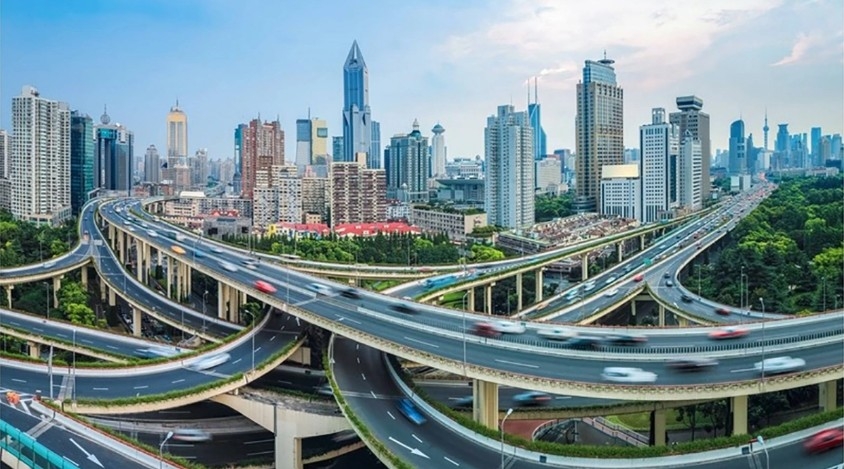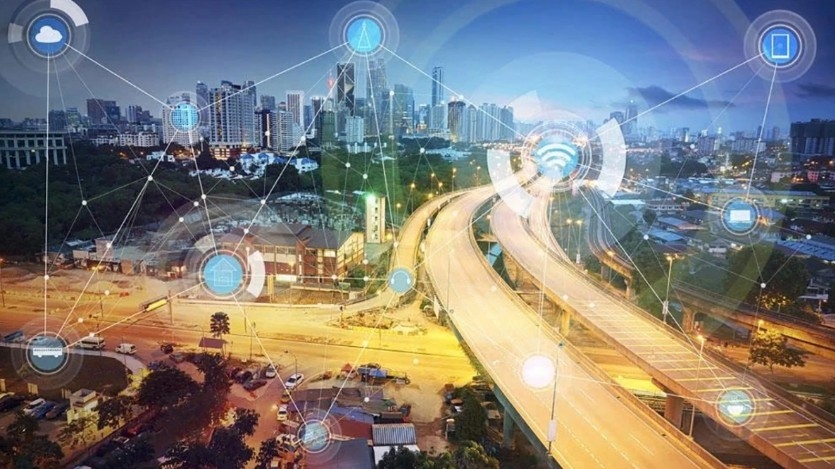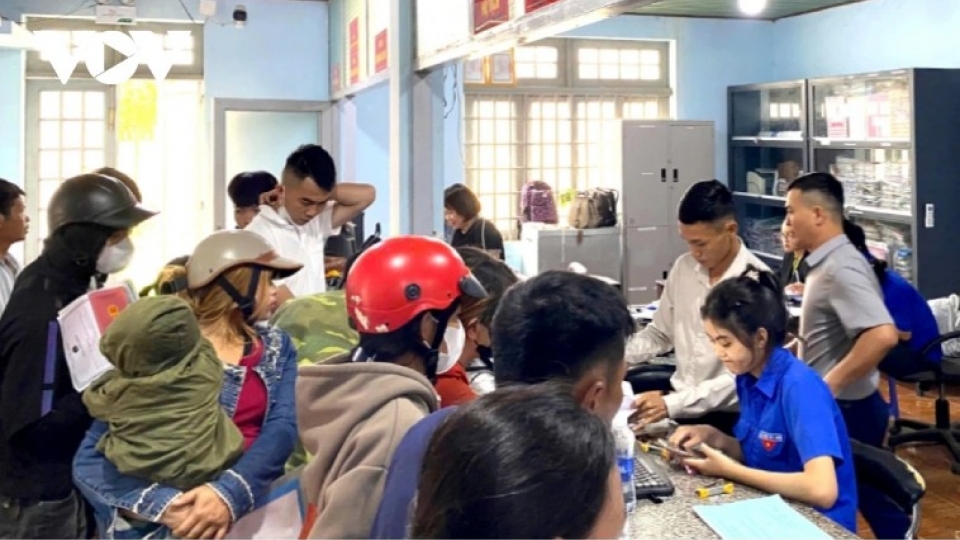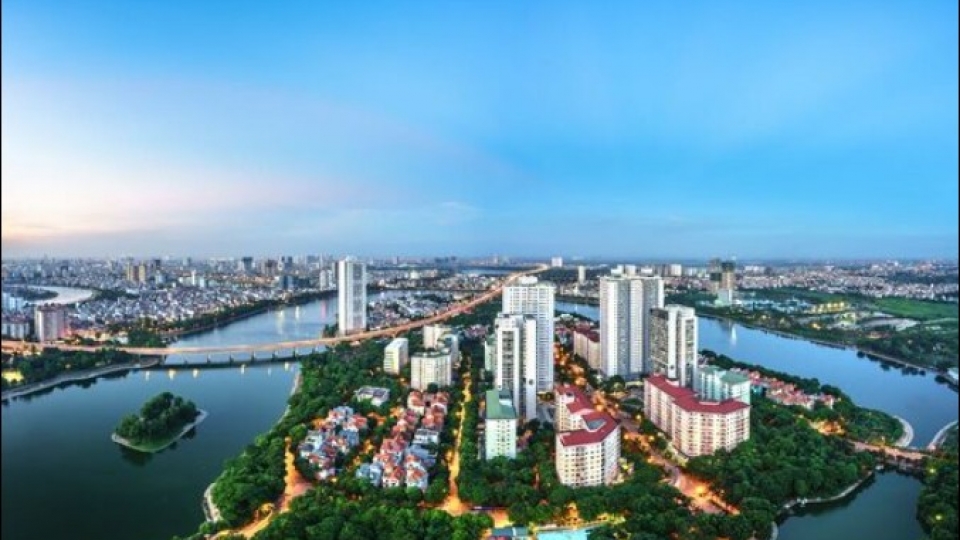Innovation and creativity key to Vietnam’s smart city development
VOV.VN - Innovation and creativity are recognized as a key driver of smart city development in Vietnam. Despite initial achievements, urbanization continues to face major challenges, demanding changes in mindset, institutional frameworks, and governance.

Speaking at a recent seminar on “Innovation and creativity – key drivers of smart city development in Vietnam,” Tran Quoc Thai, Director of the Department of Urban Development under the Ministry of Construction, said Vietnam is entering an era of technology and digital transformation, where innovation and creativity have become the foundation shaping the future of cities. The development of smart cities is guided by the aspiration to create green, safe, and livable spaces for all residents.
The smart city landscape is beginning to take shape. Twenty-six provinces and cities have approved master plans or development schemes for smart cities at either the provincial scale or for priority urban areas. Several intelligent operation centers (IOCs) and data platforms supporting urban management have become operational as a way of boosting cooperation between authorities, businesses, researchers, and local communities.
However, comprehensive smart city development remains a long-term journey. Institutional frameworks and policies sometimes lag behind the demands of innovation and creativity and practical realities. Digital infrastructure is insufficient to meet the growing needs of data management and modern urban governance. Human resources at the local level are limited and underqualified. Interconnected data systems between sectors and localities remain inefficient, while information security and cybersecurity have emerged as critical challenges for connected cities.
Assessing Vietnam’s urban system, Nguyen Duy Hung, Deputy Head of the Strategic Policy Department under the Central Committee, highlighted persistent bottlenecks: overlapping and fragmented planning, unclear leadership roles for central cities, and uneven development quality between central and satellite urban areas. Inadequate infrastructure has led to traffic congestion, flooding, and shortages of schools, hospitals, and public facilities, particularly in Hanoi and Ho Chi Minh City.
Moreover, widespread “suspended” planning and projects result in wasted social resources and directly affect residents’ lives. Underground and green spaces remain underutilized, while urban environmental pollution, especially air pollution, is worsening.
Tran Van Giai Phong, Senior Program Officer at the Swiss Embassy in Vietnam, warned that widespread flooding from north to south threatens both quality of life and essential infrastructure. Urban resilience, therefore, is not just a technical issue but a fundamental factor in economic and social strength.
From these realities, experts agreed that sustainable urban development in the new era is not merely about expanding boundaries or increasing population. Cities must ensure quality of life, modern infrastructure, clean environments, and cultural identity. Cities play a key role in growth, regional connectivity, and international integration; therefore, governance must shift toward a development-oriented model, operating through networked, multi-centered systems that optimize infrastructure connectivity.
To deal with these issues, Deputy Minister of Construction Nguyen Tuong Van affirmed that management agencies will accelerate the completion of institutional frameworks and supervision mechanisms under a two-tier urban model, while adjusting the rural-urban planning system with a focus on driving cities, ecological urban areas, and climate-resilient smart cities.
The Ministry of Construction will lead the development of a national urban data platform, integrating data on planning, land, infrastructure, population, the environment, and linking with other national platforms to support timely and accurate decision-making.
Additionally, relevant agencies will promote green, energy-efficient, low-emission infrastructure projects and expand international cooperation in green finance, innovation, and creativity. Developing urban human resources, enhancing digital capacity among management teams, and establishing an innovation and creativity ecosystem connecting administrations, universities, businesses, and communities are also key priorities for the coming period.





